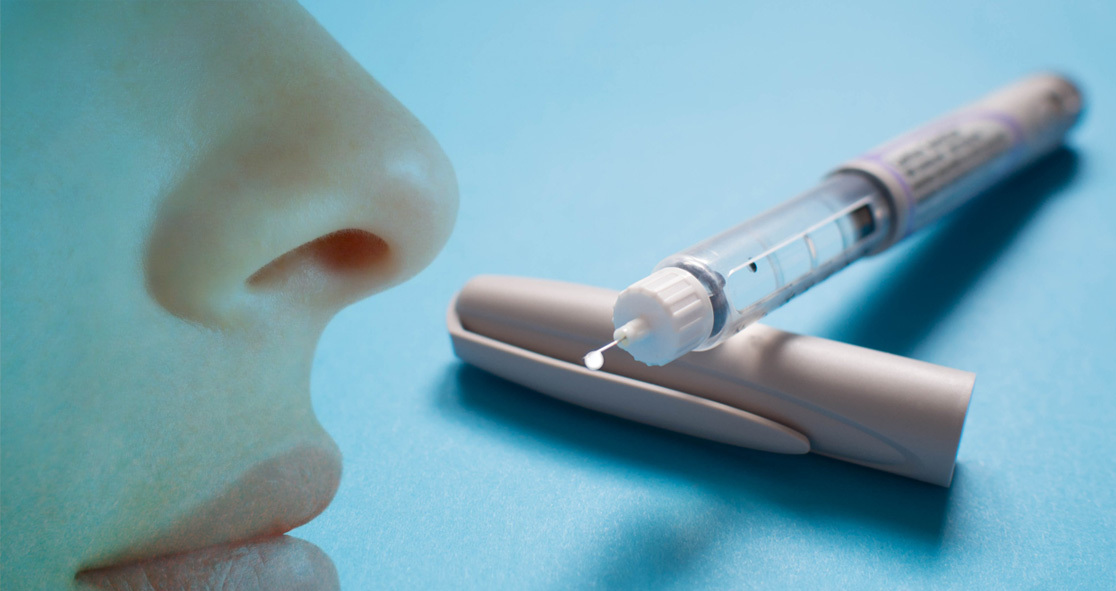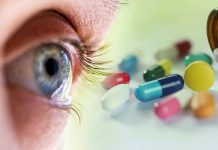Experts have found that insulin plays a key role in the regrowth and regeneration of some types of neurons in the brain, including optic neurons.
Now, a team of researchers from the Monell Chemical Senses Center has shown that insulin plays a vital role in the maturation of immature olfactory sensory neurons (OSNs) after injury.
The study was published this month in eNeuro.
The first author of the study Dr. Akihito Kuboki said, “Our findings suggest that applying insulin into the nasal passage could be developed as a therapy for injury caused by a host of issues.”
Insulin does have a role in the body’s repair pathway for visual neurons so Dr. Kuboki suspected that it might also have a role in the maturation of OSNs after injury.
He noted that there are many insulin receptors in the olfactory region of the brain, according to Medical Xpress. Considering these factors, Dr. Kuboki concluded that insulin might also help in the sense of smell.
Dr. Kuboki explained, “Although scientists don’t yet have a clear idea of how it works, we know that insulin plays a key role in preventing cell death. If insulin levels are reduced, diabetes patients have a high susceptibility to cell death, which can cause smell loss.”
The study also found that insulin promotes regeneration of regenerating OSNs in type 1 diabetic as well as and non-diabetic mice.
“Even in non-diabetic mice, we found that insulin can promote the regeneration of OSNs, which suggests that this could be a therapy for olfactory dysfunction in patients without diabetes,” Dr. Kuboki said.
However, the researchers did not examine the OSN regeneration process after injury in type 2-diabetic mice, but they plan to do so in near future.
Dr. Kuboki explained, “Our findings suggest that insulin plays important roles when OSNs need to regenerate after severe injury that induces cell death in many OSNs. From this, we hope that an insulin spray can be potentially applied to treat smell loss for various reasons, including head trauma and viral infection.” The article was published on Medical Xpress.























